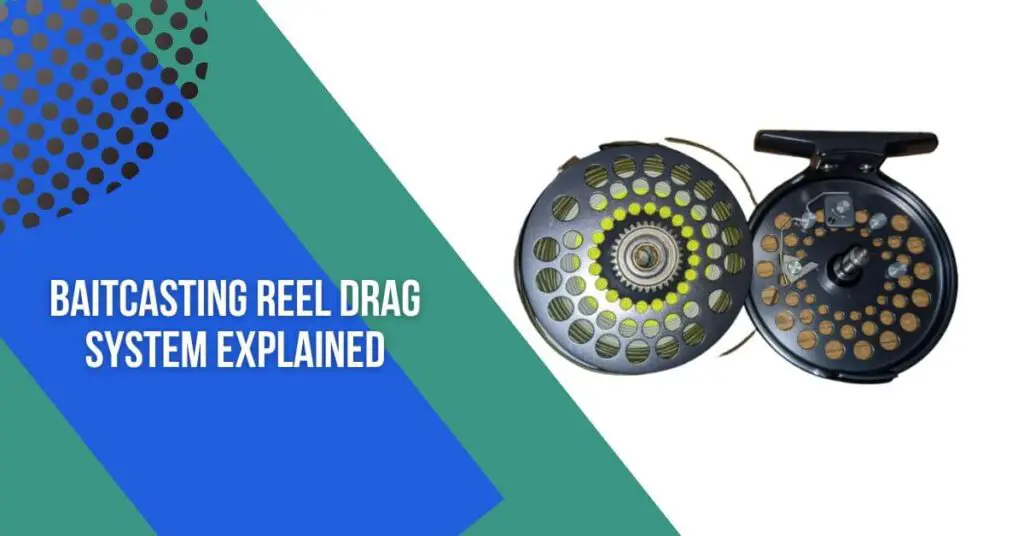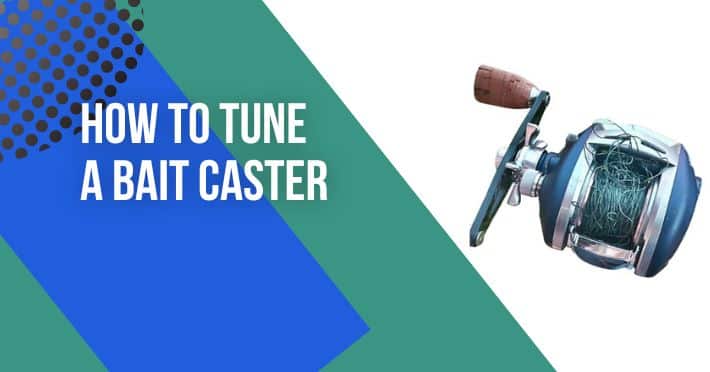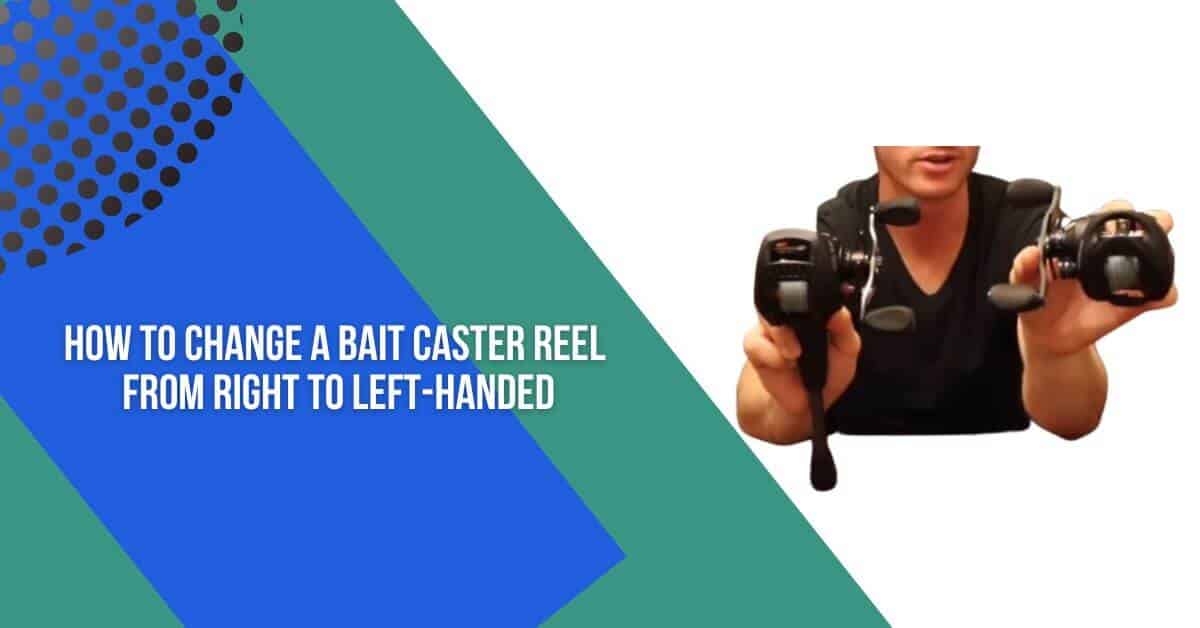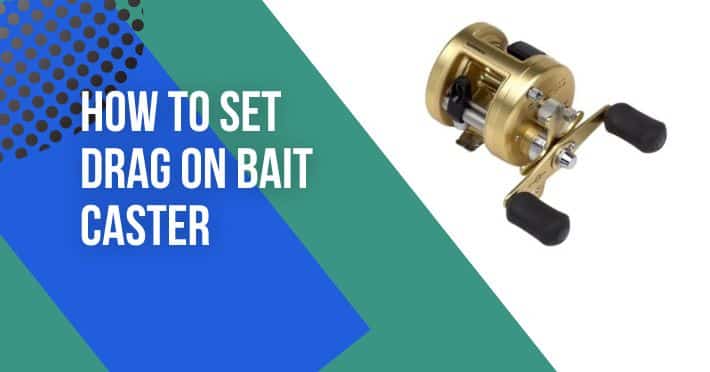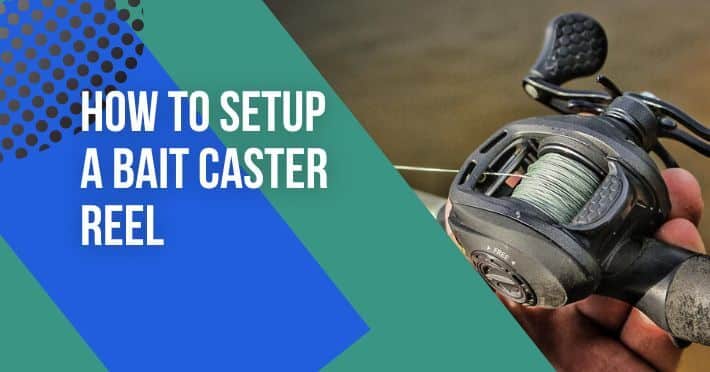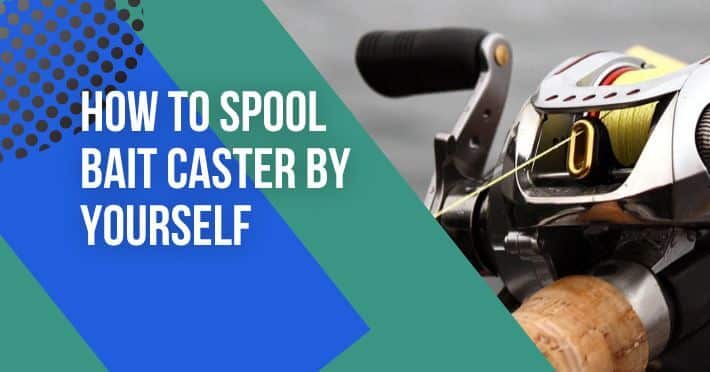Contents
- 1 How Baitcasting Reel Drag Systems Work
- 2 Understanding Baitcasting Reel Drag Systems: Everything You Need to Know
- 3 How Baitcasting Reel Drag Systems Work
- 4 Types of Baitcasting Reel Drag Systems
- 5 Tips for Using Baitcasting Reel Drag Systems
- 6 Why Baitcasting Reel Drag Systems Matter
- 7 The Ins and Outs of Baitcasting Reel Drag
- 8 Using Baitcasting Reel Drag Systems Effectively
- 9 Baitcasting Reel Drag System Explained: A Step-By-Step Guide For Anglers Of All Levels
- 10 Step 1: Set the Drag Properly
- 11 Step 2: Adjust the Drag on the Fly
- 12 Step 3: Maintain Your Drag System
- 13 FAQs!!
- 14 What is a baitcasting reel drag system?
- 15 How does a baitcasting reel drag system work?
- 16 What are the different types of baitcasting reel drag systems?
- 17 How do I set the drag on my baitcasting reel?
- 18 How do I maintain my baitcasting reel drag system?
Baitcasting reel drag systems, covering everything you need to know about this critical component.
We’ll discuss the different types of drag systems available, how they work, and why they matter.
We’ll also provide practical tips and techniques for using a baitcasting reel drag system effectively, no matter your level of experience.
By the end of this article, you’ll have a solid understanding of baitcasting reel drag systems and be ready to put your knowledge into practice on your next fishing trip. Everything about the baitcasting reel drag system explained here.
How Baitcasting Reel Drag Systems Work
At its core, the drag system on a baitcasting reel is designed to apply resistance to the spool when a fish is pulling on the line.
This resistance helps prevent the line from breaking and allows you to tire out the fish over time.

The amount of resistance is determined by the drag setting, which you can adjust using a dial or knob on the reel.
Most baitcasting reels use either a star drag or magnetic drag system. Star drags work by compressing a set of washers together when you turn the star-shaped knob on the reel handle.
This pressure applies resistance to the spool and slows down the rate at which the line is released.
Magnetic drag systems, on the other hand, use a series of magnets to create a magnetic field around the spool, which also slows down the spool’s rotation and provides resistance on the line.
Understanding Baitcasting Reel Drag Systems: Everything You Need to Know
Baitcasting reels are a popular choice for anglers who want greater casting accuracy and control when fishing for medium to large freshwater and saltwater species.
One of the key components of a baitcasting reel is the drag system, which allows you to adjust the resistance on the spool to prevent the line from breaking when a fish is pulling against it.
How Baitcasting Reel Drag Systems Work
The drag system on a baitcasting reel is essentially a set of washers that apply pressure to the spool to slow down the rate at which the line is released.
When a fish bites your bait and starts pulling on the line, the drag system allows the spool to rotate but with resistance, so that the line can be pulled off in a controlled manner.
The amount of resistance is determined by the drag setting, which is usually adjusted using a dial or knob located on the reel handle or body.
Most baitcasting reels use either a star drag or a magnetic drag system. Star drags consist of a series of washers that are compressed together when you turn the star-shaped knob on the reel handle.
The tighter you turn the knob, the more pressure is applied to the washers, and the greater the resistance on the spool. Magnetic drag systems, on the other hand, use a series of magnets that create a magnetic field around the spool to slow down its rotation.
The closer the magnets are to the spool, the stronger the magnetic force, and the more resistance on the line.
Types of Baitcasting Reel Drag Systems
In addition to star and magnetic drag systems, there are a few other types of baitcasting reel drag systems that you might come across:
- Carbon Fiber Drags: These drags use carbon fiber washers to provide smooth, consistent resistance, even under heavy loads.
- Hybrid Drags: These drags combine different materials, such as carbon fiber and cork, to provide a balance of smoothness and durability.
- Centrifugal Drags: These drags use a series of centrifugal weights to apply pressure to the spool, which can be adjusted by moving the weights closer or further away from the center of the spool.
Tips for Using Baitcasting Reel Drag Systems
Here are a few tips to help you get the most out of your baitcasting reel drag system:
- Set The Drag Properly: Your drag should be set tight enough to keep the line from breaking, but loose enough to allow the fish to run and tire itself out. A good rule of thumb is to set the drag to about one-third of the line’s breaking strength.
- Adjust The Drag On The Fly: If you feel like the fish is too strong and your line is in danger of breaking, you can adjust the drag by tightening or loosening the knob or dial. Just make sure to do it gradually, and avoid sudden movements that could spook the fish.
- Test Your Drag Before You Fish: Before you head out onto the water, make sure to test your drag by pulling on the line with a scale or a heavy object. This will give you a sense of how much resistance you can expect when a fish is pulling on the line.
- Maintain Your Drag System: Over time, your drag washers may wear out or become corroded, which can affect their performance. Make sure to clean and lubricate your drag system regularly to keep it working smoothly.
I hope this helps you with your article! Let me know if you have any other questions or need further assistance.
Why Baitcasting Reel Drag Systems Matter
A good drag system on your baitcasting reel is essential for several reasons. First, it helps you control the fish you’re reeling in by applying resistance to the line and preventing it from breaking.
This is especially important when you’re fishing for larger or stronger fish that can put up a good fight.
A good drag system can also help you cast more accurately by allowing you to adjust the amount of resistance on the line.
Another important reason why baitcasting reel drag systems matter is that they can help prevent line twists and tangles.
When a fish is pulling on the line, it can cause the line to twist and tangle, which can be frustrating and time-consuming to fix.
A good drag system can prevent this from happening by providing smooth, consistent resistance that allows the line to flow freely off the spool.
The Ins and Outs of Baitcasting Reel Drag
If you’re a serious angler, you know that baitcasting reels are a staple of any fishing setup.
One of the most important components of a baitcasting reel is the drag system, which allows you to control the resistance on the line when a fish is pulling on it.
In this in-depth exploration, we’ll take a closer look at the ins and outs of baitcasting reel drag systems, including how they work, the different types available, and how to use them effectively.
Using Baitcasting Reel Drag Systems Effectively
Now that you know how baitcasting reel drag systems work and the different types available, let’s talk about how to use them effectively. Here are some tips to keep in mind:
- Set The Drag Properly: Make sure to set the drag to the appropriate level based on the strength of your line and the size of the fish you’re targeting. Setting the drag too high can cause your line to break while setting it too low can make it difficult to tire out the fish.
- Adjust The Drag On The Fly: If you feel like the fish is too strong and your line is in danger of breaking, you can adjust the drag by tightening or loosening the knob or dial. Just make sure to do it gradually and avoid sudden movements that could spook the fish.
- Test Your Drag Before You Fish: Before you start fishing, test your drag by pulling on the line with a scale or a heavy object. This will give you a sense of how much resistance you can expect when a fish is pulling on the line.
- Maintain Your Drag System: To keep your drag system working properly, make sure to clean and lubricate it regularly. This will help prevent it from seizing up or failing when you need it most.
Baitcasting Reel Drag System Explained: A Step-By-Step Guide For Anglers Of All Levels
Baitcasting reel drag systems can be a bit intimidating for beginners, but they’re an essential tool for any angler. The drag system allows you to control the resistance on the line when a fish is pulling on it, preventing the line from breaking and helping you tire out the fish over time. In this step-by-step tutorial, we’ll walk you through how to use a baitcasting reel drag system effectively, no matter your level of experience.
Step 1: Set the Drag Properly

The first step in using a baitcasting reel drag system is to set it properly. This means adjusting the drag setting based on the strength of your line and the size of the fish you’re targeting.
Setting the drag too high can cause your line to break while setting it too low can make it difficult to tire out the fish.
To set the drag, tighten the drag knob or dial until you feel some resistance when pulling the line. Then, loosen the drag slightly until you can pull the line smoothly without feeling any sudden jerks or snags.
You can test the drag setting by pulling on the line with a scale or a heavy object to get a sense of how much resistance you can expect when a fish is pulling on the line.
Step 2: Adjust the Drag on the Fly
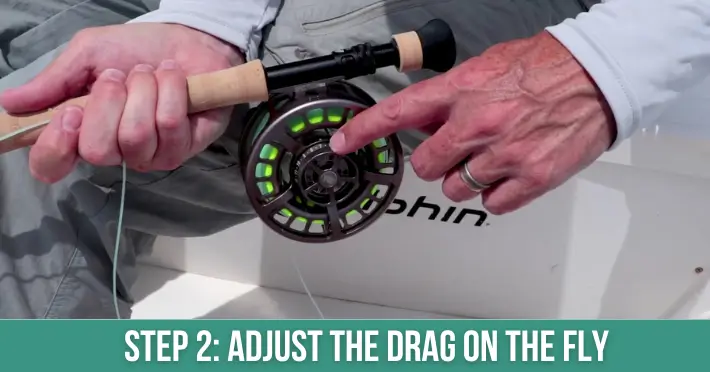
Once you start fishing, you may find that the fish is stronger than you anticipated, or the conditions have changed. In these cases, you may need to adjust the drag on the fly.
To do this, simply tighten or loosen the drag knob or dial to increase or decrease the amount of resistance on the line.
It’s important to make these adjustments gradually, as sudden movements can spook the fish and cause it to break the line.
Try to anticipate the fish’s movements and adjust the drag accordingly to tire it out over time.
Step 3: Maintain Your Drag System
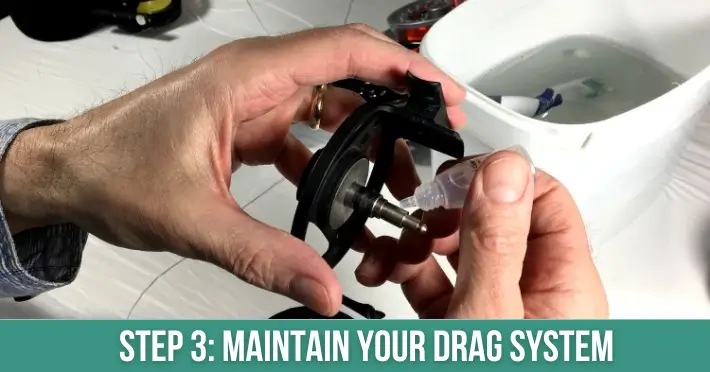
To keep your baitcasting reel drag system working properly, it’s important to maintain it regularly.
This means cleaning and lubricating it after every use to prevent it from seizing up or failing when you need it most.
To clean the drag system, use a soft cloth or brush to remove any dirt or debris from the drag knob or dial and the drag washers.
Then, apply a small amount of reel oil or grease to the drag washers to ensure smooth operation.
Conclusion
Using a baitcasting reel drag system may seem daunting at first, but with a little practice and the right technique, you’ll be able to control the resistance on the line like a pro.
Remember to set the drag properly, adjust it on the fly as needed, and maintain your drag system regularly to ensure it works when you need it most. With these tips in mind, you’ll be ready to land that big catch in no time.
FAQs!!
What is a baitcasting reel drag system?
A baitcasting reel drag system is a mechanical component that allows an angler to control the amount of resistance on the fishing line when a fish is pulling on it. It’s an essential tool for preventing the line from breaking and helping to tire out the fish over time.
How does a baitcasting reel drag system work?
A baitcasting reel drag system works by using a set of washers, usually made of felt or carbon fiber, to create friction against the spool of the reel. This friction provides resistance against the line when a fish is pulling on it, allowing the angler to control how much pressure is exerted on the fish.
What are the different types of baitcasting reel drag systems?
There are two main types of baitcasting reel drag systems: star drag and magnetic drag. Star drag systems use a knob on the side of the reel to adjust the amount of pressure on the line, while magnetic drag systems use a magnetic brake system to control the spool’s speed and, thus, the amount of resistance on the line.
How do I set the drag on my baitcasting reel?
To set the drag on a baitcasting reel, you’ll need to adjust the drag knob or dial based on the strength of your line and the size of the fish you’re targeting.
Tighten the drag knob or dial until you feel some resistance when pulling the line, then loosen it slightly until you can pull the line smoothly without feeling any sudden jerks or snags.
You can test the drag setting by pulling on the line with a scale or a heavy object to get a sense of how much resistance you can expect when a fish is pulling on the line.
How do I maintain my baitcasting reel drag system?
To maintain your baitcasting reel drag system, it’s important to clean and lubricate it after every use to prevent it from seizing up or failing when you need it most.
Use a soft cloth or brush to remove any dirt or debris from the drag knob or dial and the drag washers, then apply a small amount of reel oil or grease to the drag washers to ensure smooth operation.

